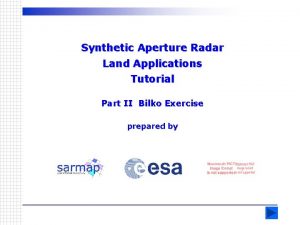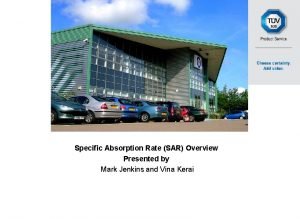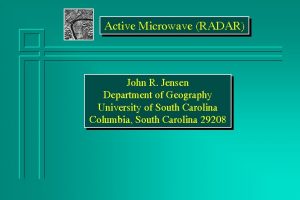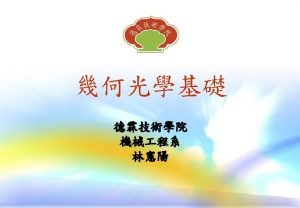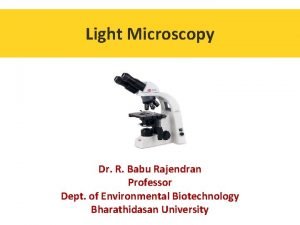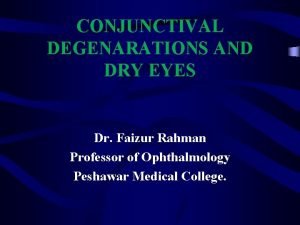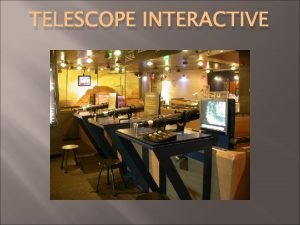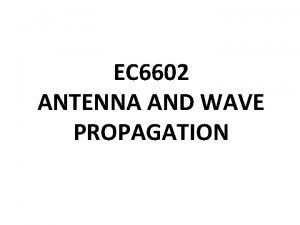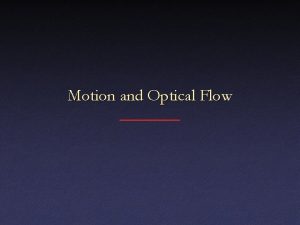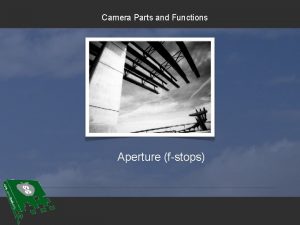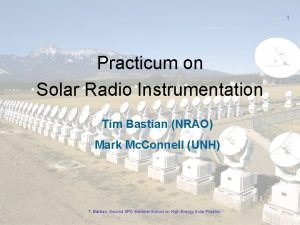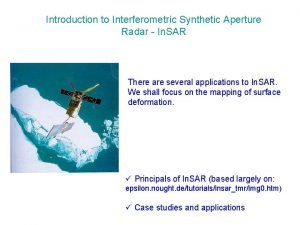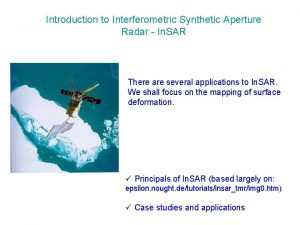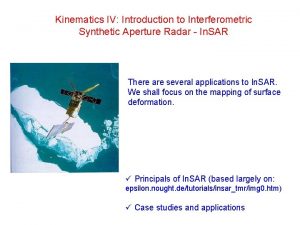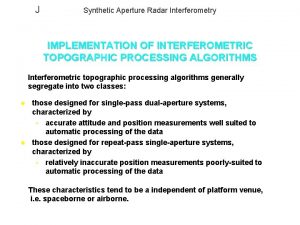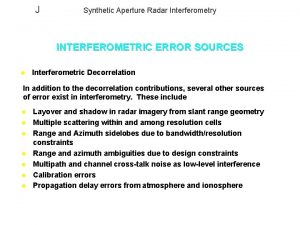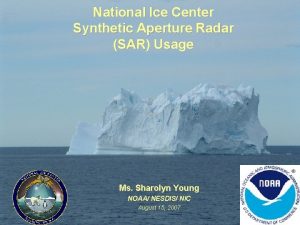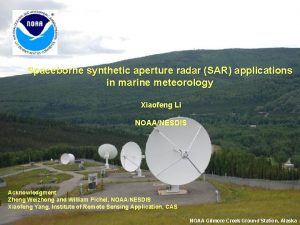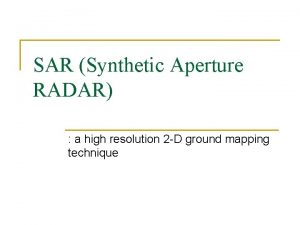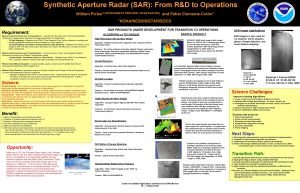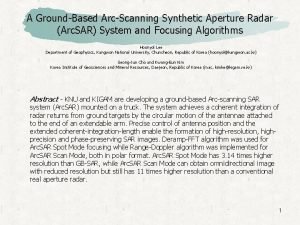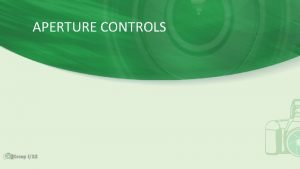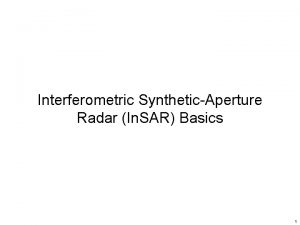Workshop on Interferometric Synthetic Aperture Radar In SAR














- Slides: 14

Workshop on Interferometric. Synthetic Aperture Radar In. SAR NASA-NSFUSGS Oxnard, California October 20 -22, 2004

OBJECTIVES (Organizing Committee) § To re-affirm a long-range scientific and technological vision for SAR and In. SAR uses in the Earth Sciences, in particular within Earth. Scope. *Previous studies/proposals (e. g Light. SAR, ECHO-x) *Earth. Scope plan and NRC review thereof *SESWG report and NRC review thereof *IEOS Draft Strategic Plan.

OBJECTIVES (Organizing Committee) § To explore the diversity of disciplinary applications of a science-driven civilian SAR program: *Identify “grand challenges” in each discipline. *Recognize synergies between applications *Highlight new scientific opportunities opened by SAR imaging technology

OBJECTIVES (Organizing Committee) § To formulate strategies for a sciencedriven SAR observational program: *Assess the role of existing and planned data sets; *Assess the needs for new data *Address the challenges posed by data access, management and dissemination issues *Describe usefulness and limitations of existing sensors *Articulate the needs for new sensors

Disciplinary “Breakout” Groups • Crustal Deformation • Cryosphere • Hydrology • Land-cover • Oceanography • Planetary Science • IT & Synthesis • Education and Outreach

Disciplinary “breakout” Groups • Group Chairs and Co-chairs steer discussions, and note arguments and conclusions • i) What are the “grand challenges” in each area? • ii) • iv) • V) How can radar sensors help address them? Role for existing data, sensors, new sensors Role of new technological advances Education and outreach opportunities • What are compelling scientific reasons for a dedicated SAR/ In. SAR observational program


Workshop on Interferometric. Synthetic Aperture Radar In. SAR Oxnard, California October 20 -22, 2004

4 Steps to SAR Nirvana 1. Define science challenges 2. Assess utility/desirability of existing platforms & data sets 3. Begin with “baseline” technology – L-band In. SAR 4. Identify augmentations/changes needed to reach science goals

Breakout Guidelines Science Breakout #1: Drivers/Questions/Challenges • What are the truly important and challenging science questions for your discipline that benefit from access to SAR data? • How does access to SAR/In. SAR data enable progress in each of these?

Science Breakout #2 Guidelines Matching Science Goals with Data and Product Availability • Which science goals are addressable with existing/planned systems? • access to existing data archive • cooperative use of existing satellites • plans for cooperative use of satellites nearing deployment • Which science goals can only be satisfied with • new radar missions using baseline technology (e. g. , ECHO) • added sensor capability (additional frequencies, polarizations) • What is the benefit of improved infrastructure? • routine processing of derived products • real time capability

Summary Session Day 3: Identifying and Prioritizing Acquisition Strategies/Needs – Report Outline • Use of existing systems and archives to meet science needs • Negotiated data sharing arrangements for existing and future data sets • International cooperative experiments using existing and planned sensors (e. g. , Antarctic missions) • Role of commercial SAR data providers • New satellite systems to advance frontier • Major science goals • Capabilities and technologies required • Recommendations for the US SAR program • Scope • Priorities

Disciplinary “Breakout” Groups • Crustal Deformation Main Room • Cryosphere Pacifica • Hydrology Embassy 1 • Land-cover Embassy 2 • Oceanography Harbor • Planetary Science. Coral • IT & Synthesis The Bar • Education and Outreach Costa

